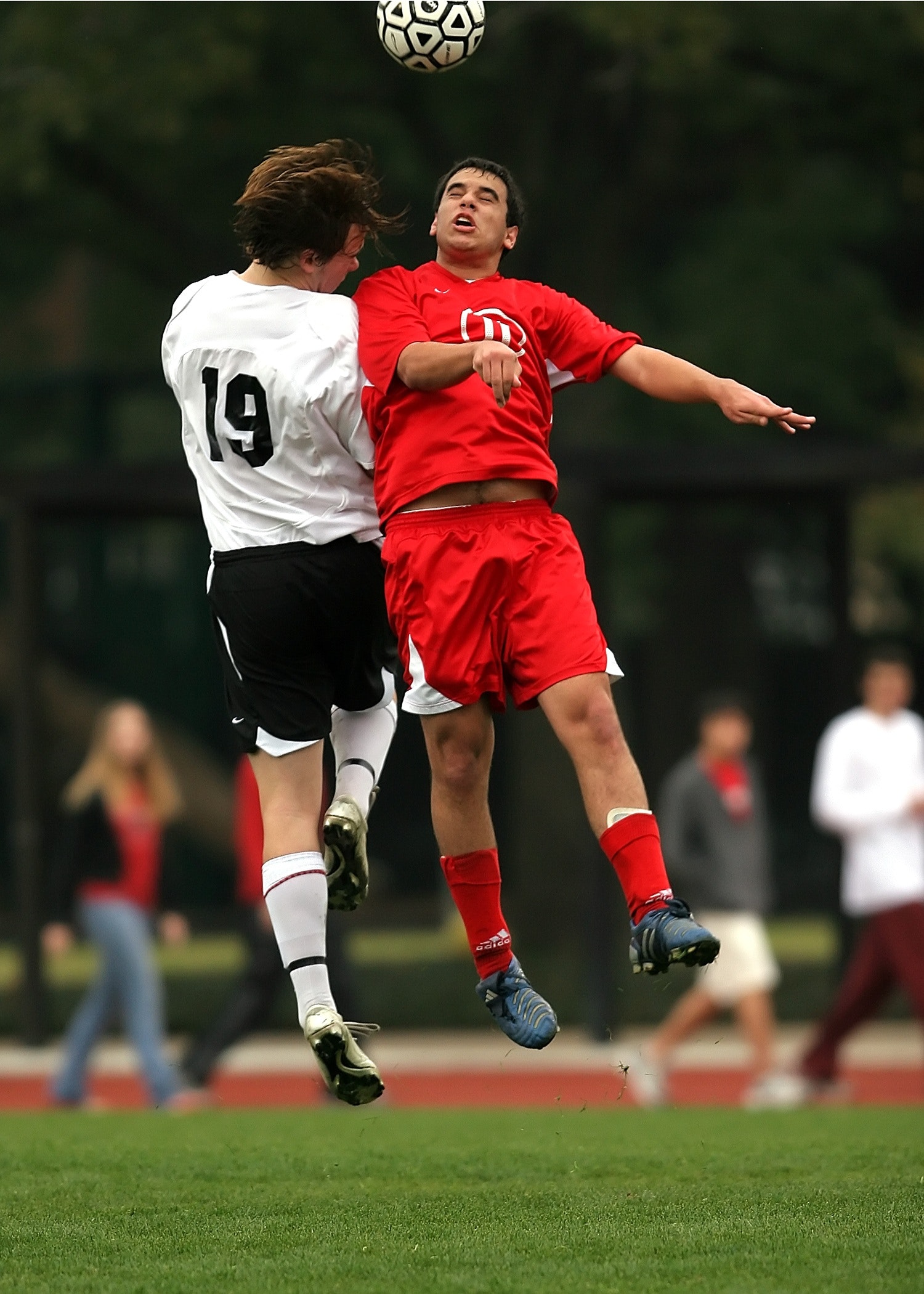Concussions have received significant media and medical research attention over the last decade due to in part to the incidence of chronic traumatic encephalopathy (CTE) among former football athletes. This increase in attention to brain injuries has led to improved medical training and early recognition of concussion symptoms leading to improved care of athletes and patients suffering from post concussion symptoms. Authors estimate an incidence of 750 cases of mild traumatic brain injury per 100,000 person years and close to half of all of these individuals will experience post concussion symptoms including headaches, neck pain, dizziness, balance impairments, and fatigue. Experts in concussion report a large percentage of these symptoms may not be due to the brain but instead concurrent injury to the neck, specifically the upper neck bones.
Kennedy and colleagues examined a cohort of patients with persistent post concussion symptoms (median 5 weeks post concussion) to determine the coexistence of associated neck impairments (JOSPT. 2019). Authors examined patients both before and after treatment of their necks. Consistent with prior research impairments of the upper joints and musculature were found among this cohort including neck pain, limited range of motion, muscle and joint tenderness. These impairments are consistent with findings from patients with cervicogenic headaches and likely help explain the positive benefits of treating the neck in patients with concussion.
Click Here to schedule your next appointment with the experts at MEND

